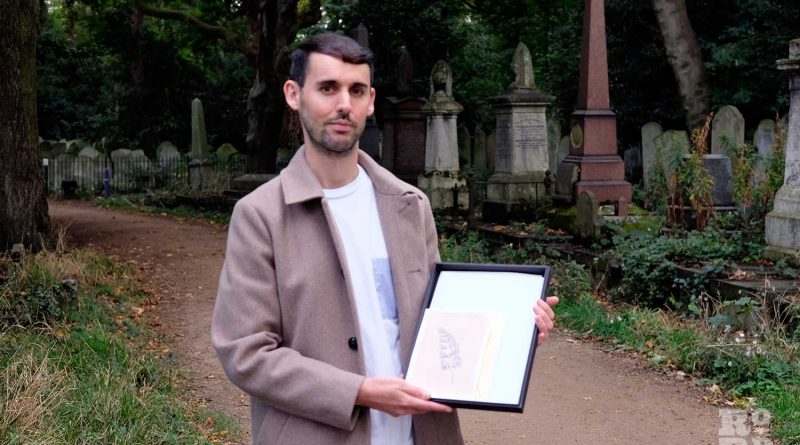Local artist’s ‘anthotype’ prints are made using plants from local parks
Bow-based photographer Tim Boddy’s delicate prints of plants gathered from local parks are an unusual way of documenting the green spaces we walk through everyday; he uses a little known, 19th century printing process called ‘anthotypes’. And like many of us who also turned to hobbies over lockdown, his prints turned out to be a salve for his mental health.
‘[Anthotypes] was really a lockdown hobby,’ he says. ‘I just wanted to do something that wasn’t staring at a screen to manage my mental health. It was something nice to do with my free time.’
Throughout the pandemic there was a renewed pleasure in exploring the nooks and crannies of the parks in the local neighbourhood. And many took to creative hobbies.
Boddy is a freelance photographer and photo editor who, like many of us, found himself with a lot of spare time over lockdown, accompanied by the constant pings of coronavirus news alerts.
‘I mean it was a difficult time for everyone, right? There was about a period where I didn’t have much on, so I was just sitting there and wondering how we can get through things on a day-to-day basis.’
So he took the opportunity during his daily walks to explore local parks. Boddy, who lives in Mile End, has Mile End Park and Victoria Park on his doorstep.
‘Walking to Mile End Park felt a bit like cheating,’ he says. ‘So I would challenge myself to visit more places. So anywhere during the day that I can get to within an hour.’
‘I would go to Tower Hamlets Cemetery Park, which I would occasionally go to anyway before lockdown, for a walk on a Sunday morning for instance. I started going there more, or even further out to the Olympic Park.’
And on these walks, Boddy realised this was an opportune moment to pick up a project on anthotypes that he had started at his Masters in Photojournalism and Documentary Photography around a year and a half ago, in a module that encouraged him to explore alternative methods of photography. Anthotypes are a 19th century printing technique that involves creating silhouettes using colours naturally derived from plants.
‘I thought, “There’s so much biodiversity [in the parks], where I can find many different types of plants with different shapes and outlines, which make for interesting silhouettes. So I started collecting plants I would come across, just along these sides,’ he says gesturing to the ground where we are talking just inside the entrance of Tower Hamlets Cemetery Park.
As a semi-wild, woodland park, there is deliberately minimal human meddling. Instead, grey gravestones almost have to fight to grow through the tangle of plants, flowers and trees that naturally grow there. Tucked into a quiet corner of Bow and surrounded by residential roads, it is quiet compared to the buzz of people in Victoria Park.
Boddy would use his daily walks to find plant materials that he could use for his silhouettes, and as ingredients for his emulsion paints, which are made by crushing the plants into a pulp.
For instance, crushed up beetroot leaves for red or turmeric for yellow, which would often be mixed with alcohol before being brushed on paper.
Boddy would then place the flowers or leaves on top of the paint emulsion and leave it in the sunlight in his small, east-facing garden (plenty of morning sunlight) to undergo a bleaching process, leaving behind the darker outline of the leaf.
He would often pick ‘everyday’ specimens that we might usually pass by without a second glance, but as these prints show, they have unusual or intricate silhouettes. They include the famous daffodils from Tower Hamlets Cemetery Park, or strands of barley from Stratford Olympic Park.
Getting the right emulsions can be tricky.
‘It is an archaic process really,’ says Boddy. ‘I use a mortar and pestle to crush up the plants, and add different things to it. I feel like a mad scientist when I’m doing that.’ As anthotypes are a little-known and little researched printing process, Boddy had to learn as he went along, meaning that the image of a scientist is not too far off the mark.
‘I had a spreadsheet detailing all the environmental conditions of the prints, like what ingredients I used, how long I left it in the sun for… It’s quite nerdy really!’
And during that time mixing, painting and making those prints, he could leave his phone aside, along with its constant pings of news notifications.
‘Of course we all cared about what was happening to the rest of the world. But you shouldn’t be plugged in all the time. That doesn’t help anybody. It just makes you feel more helpless, if nothing else.’
‘It’s really the same process where people were getting into knitting and making bread,’ he says. ‘I feel like we all needed that creativity. And anthotypes were my way of expressing that need.’
He ultimately made around 147 prints.
The prints look delicate, as Boddy shows some samples he has bought for the interview. Every intricate fold of the outlines are clearly captured against pastel washes of Boddy’s natural emulsion paints.
Flipping through his works, he shares a realisation he had recently. ‘Actually, these prints ended up being a strange lockdown diary of sorts.’
‘Here, he says, pointing to a print ‘ I remember I got this at Tower Hamlets Cemetery Park. It was a beautiful sunny morning, and I went and got a takeaway coffee for the first time since lockdown.’
‘At the time, it was really just a way of managing my anxiety but it’s interesting looking at this print now.’ He glances at the page, at that point almost speaking more to himself. ‘I remember how I felt that day or what I did when I made this.’
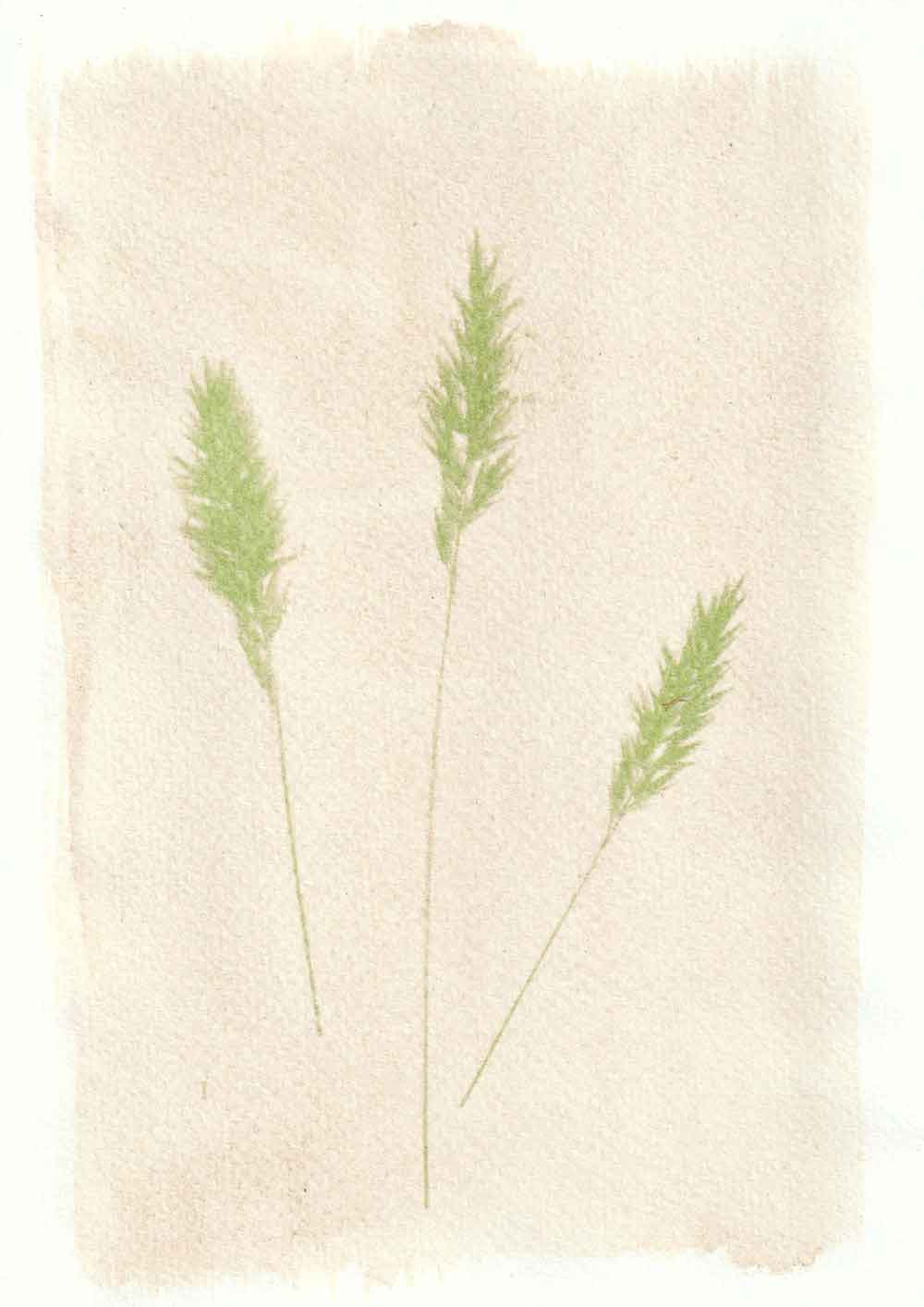
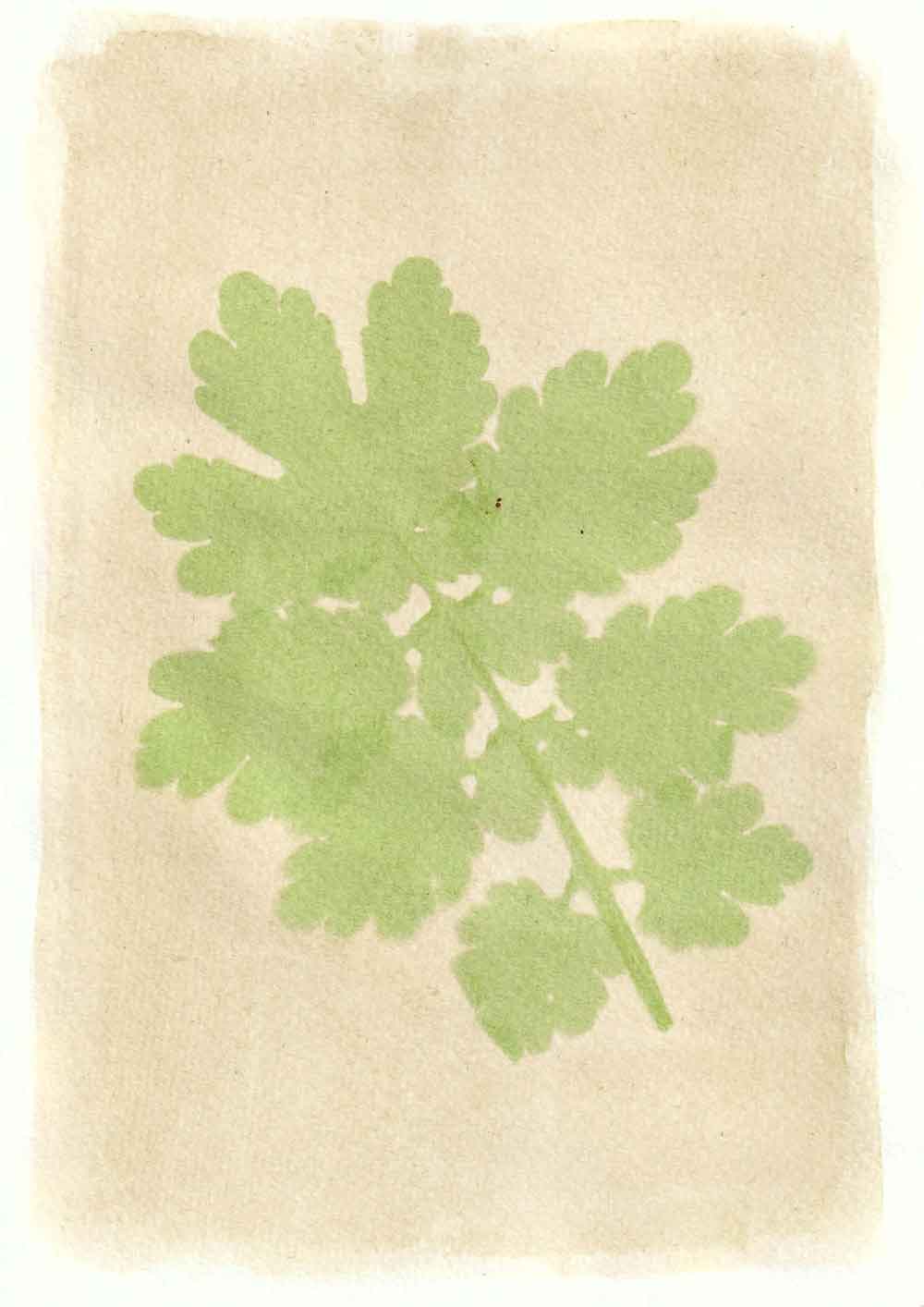
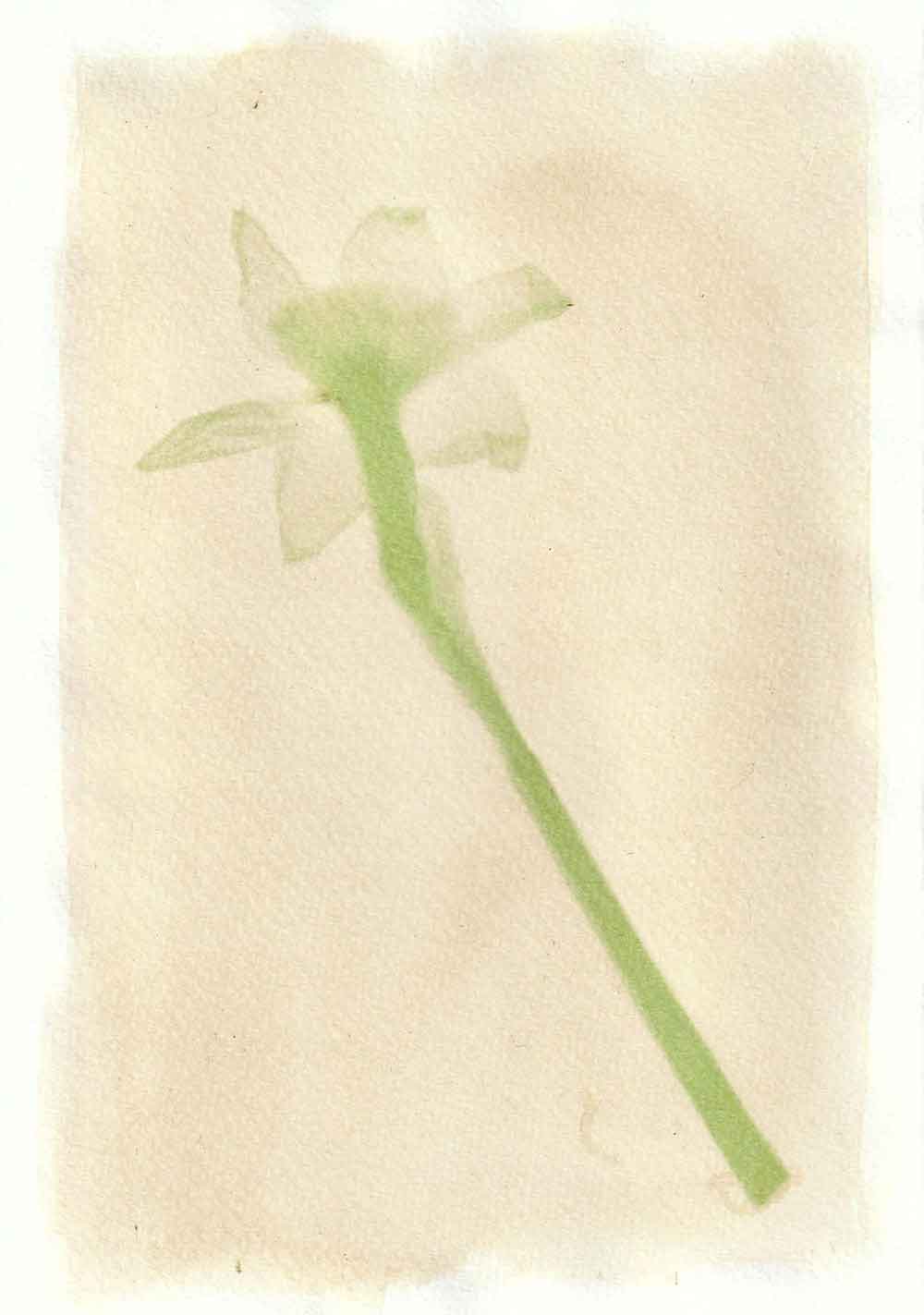
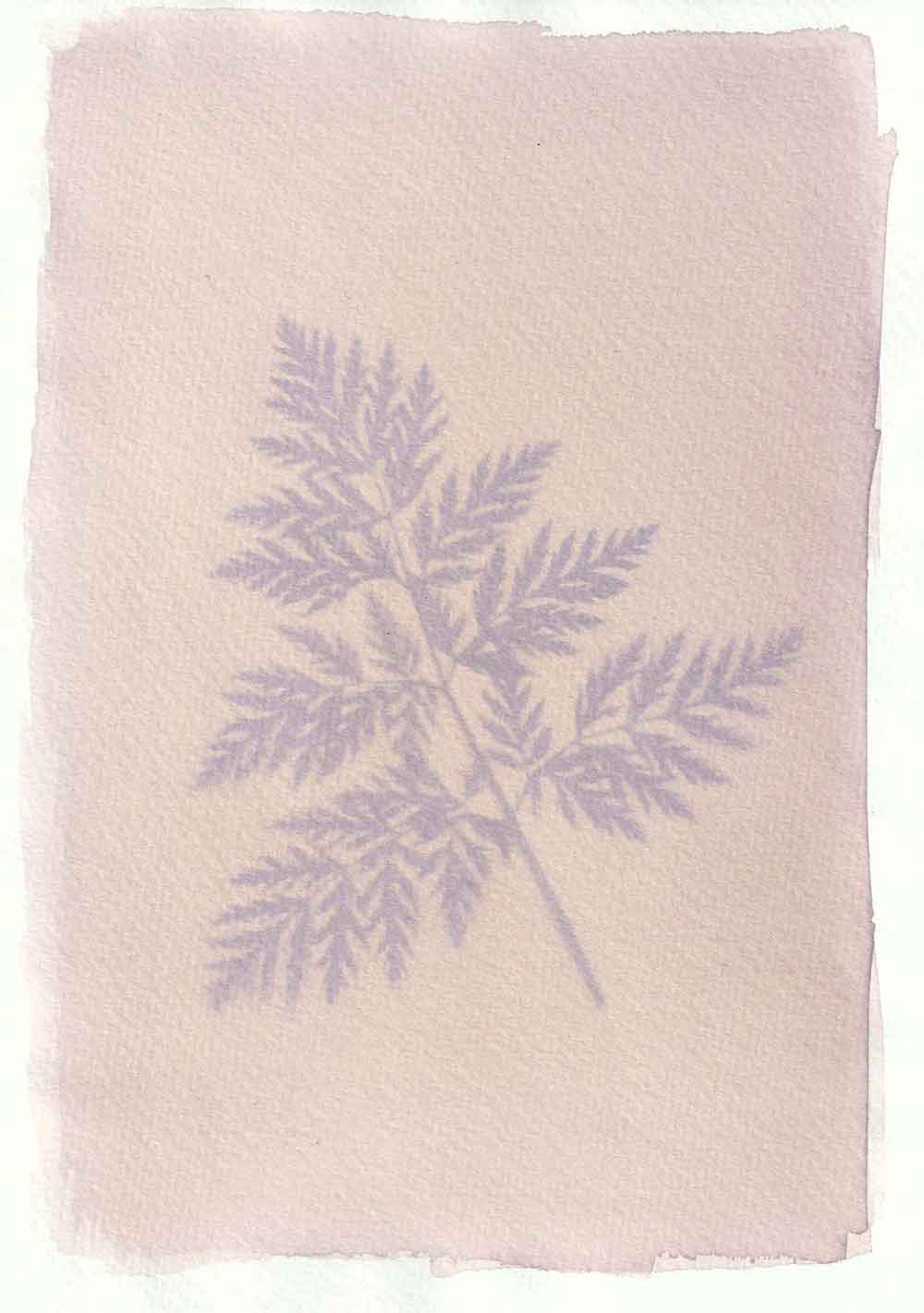
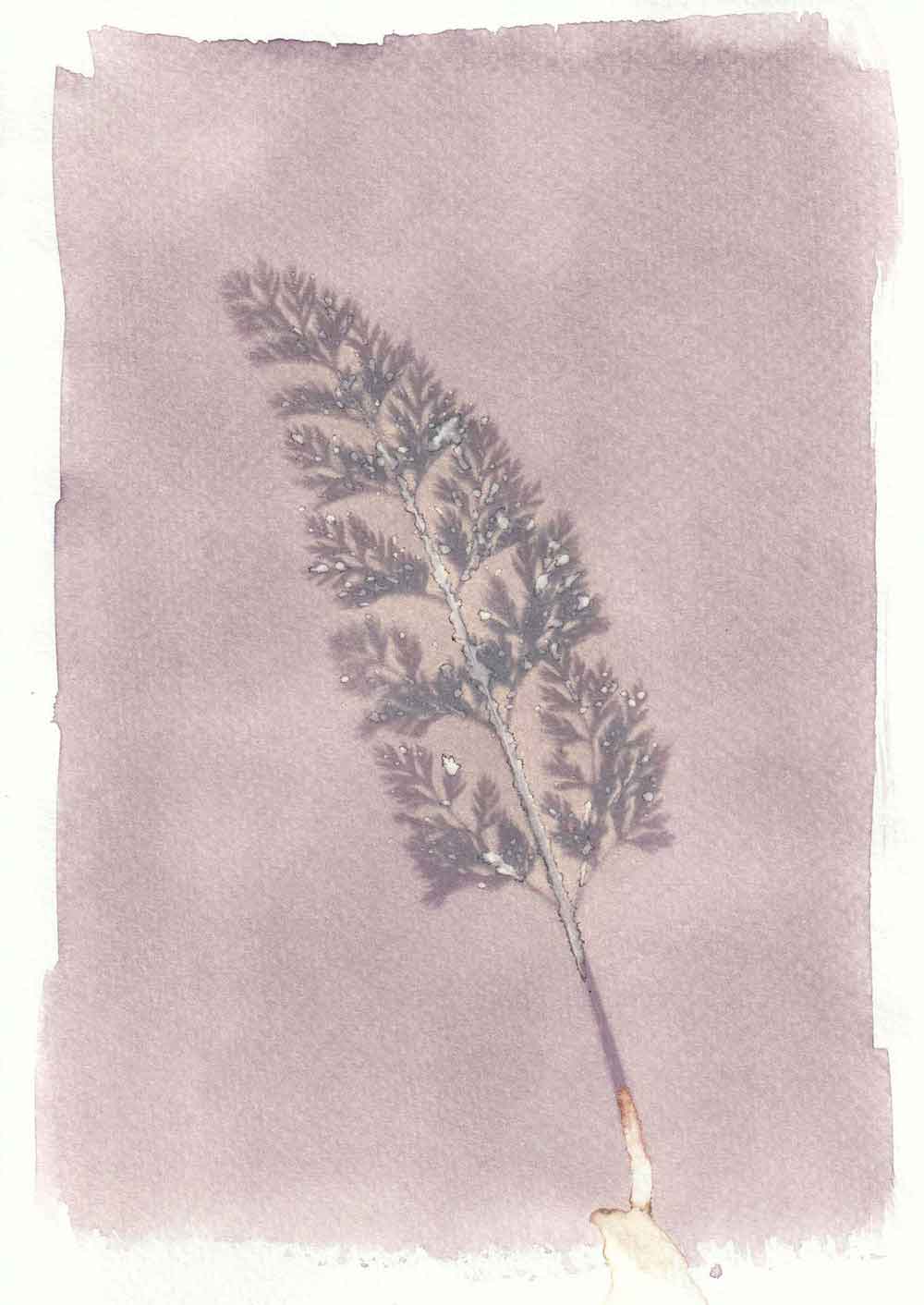
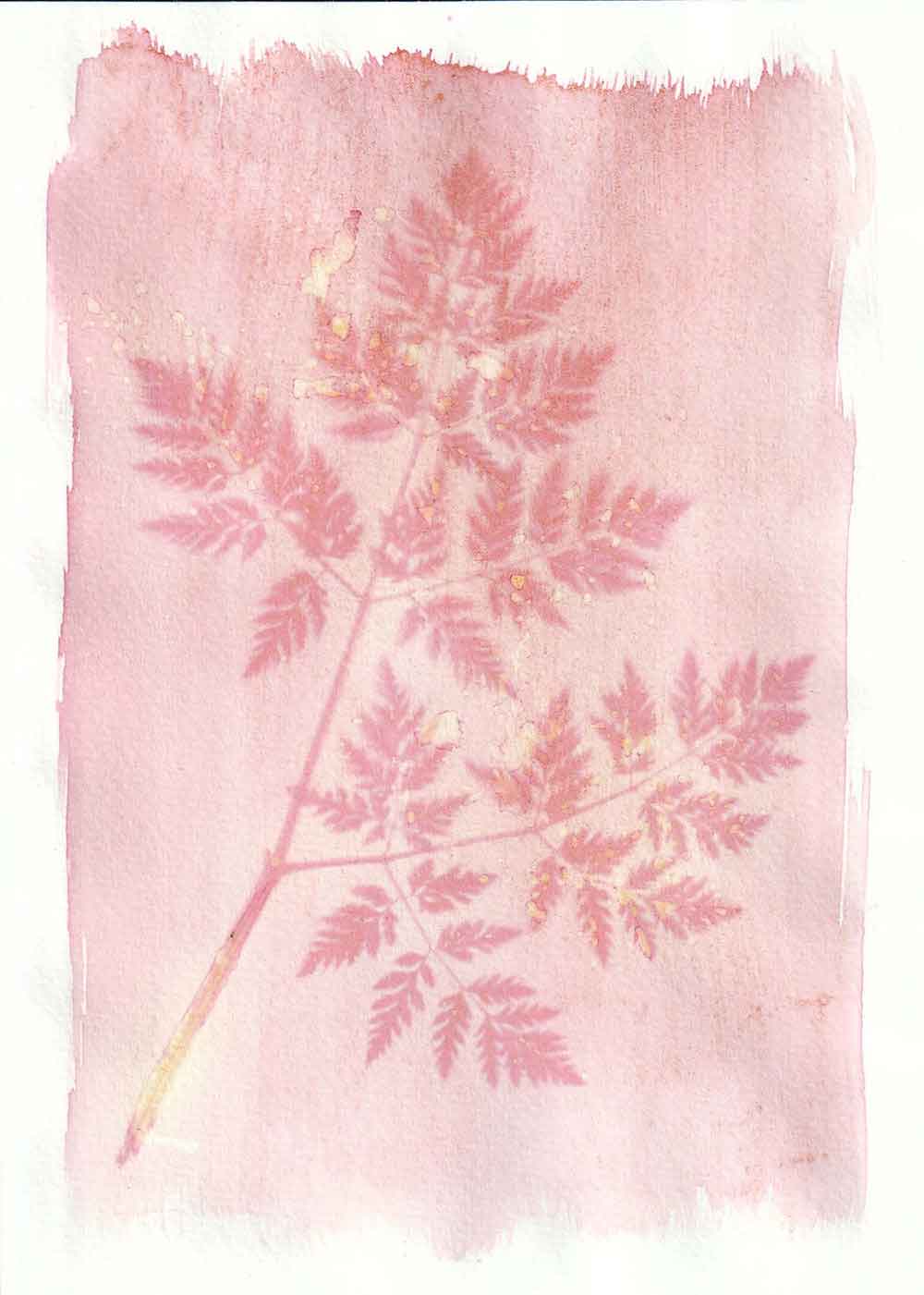
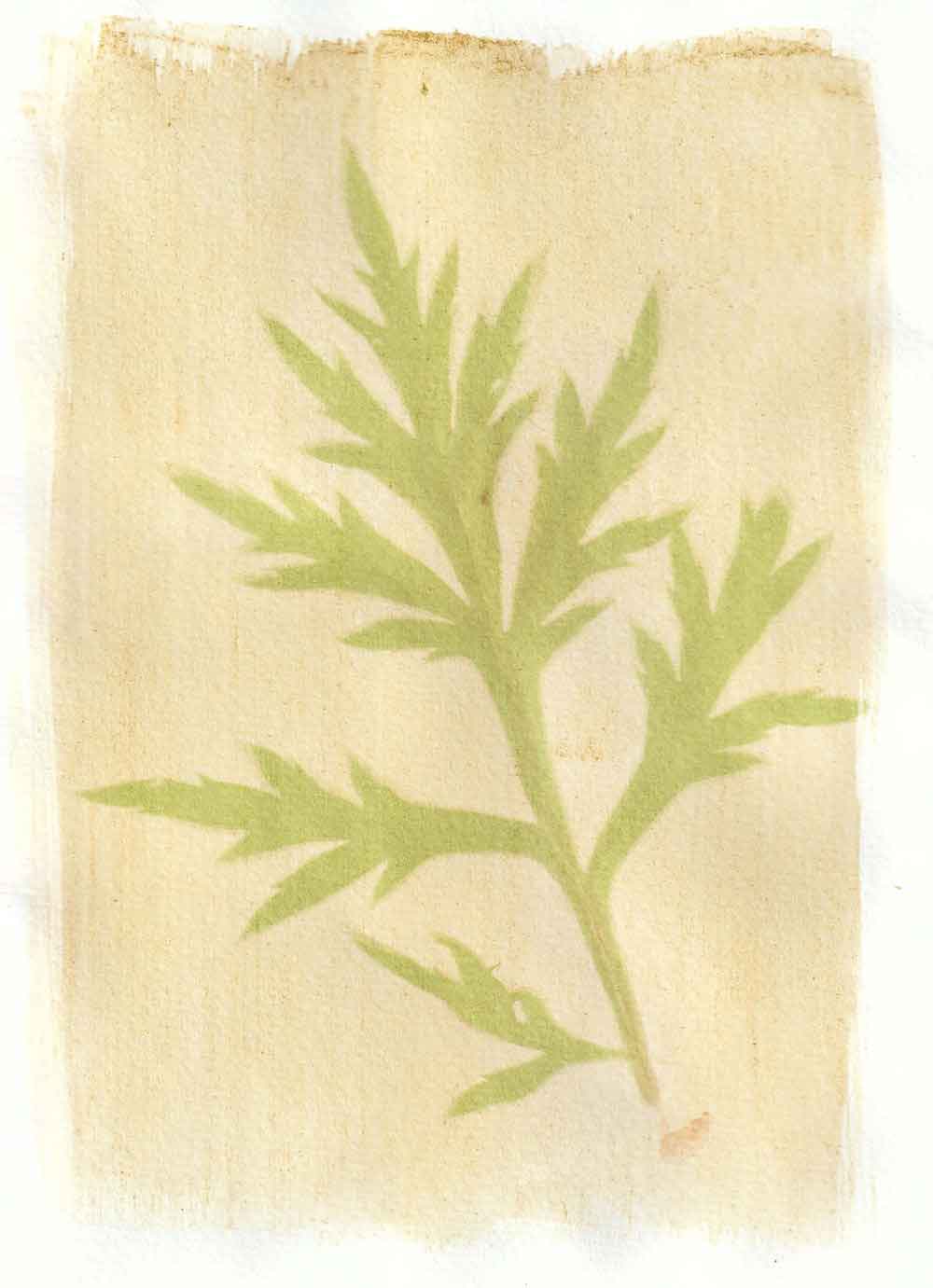
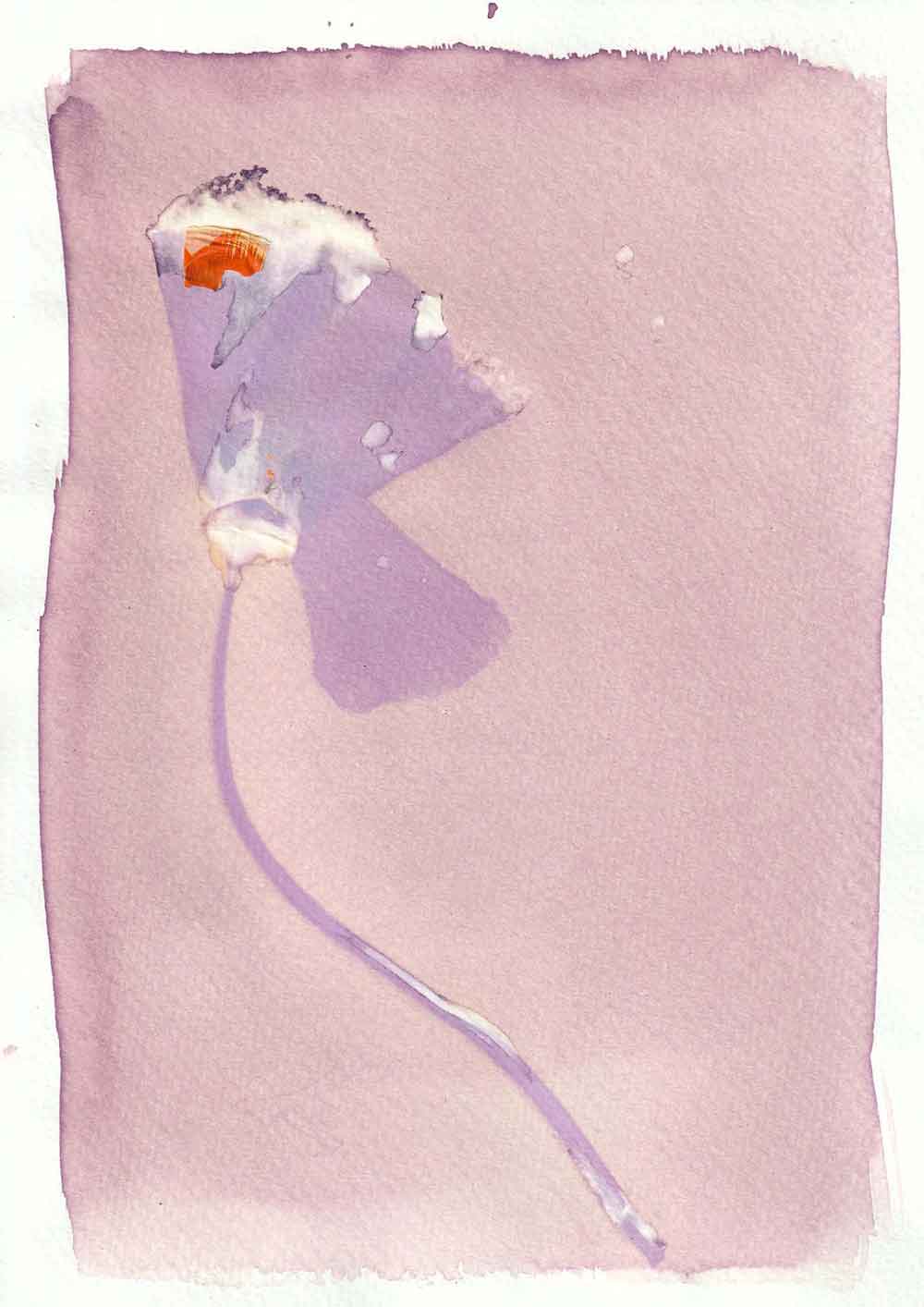
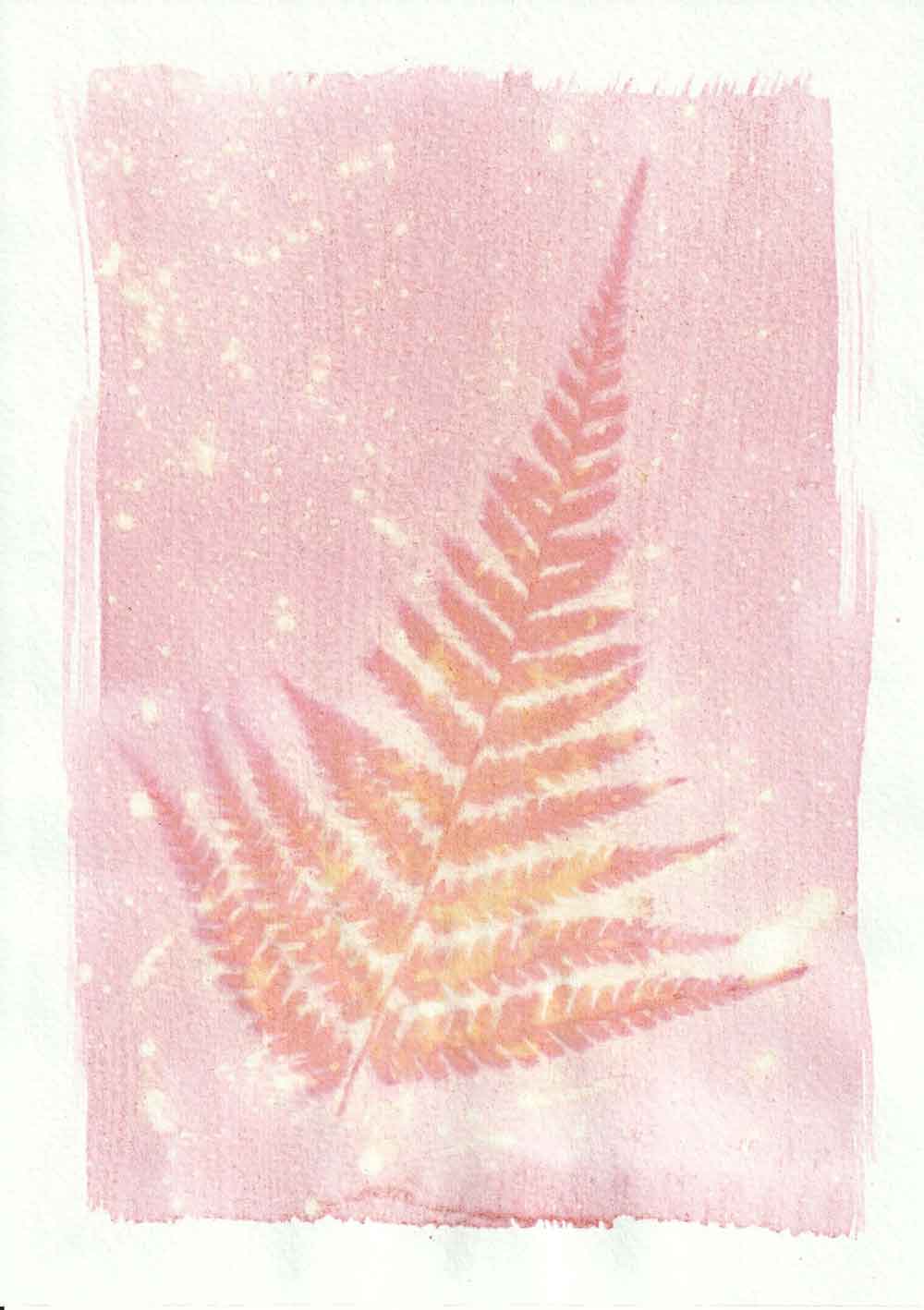
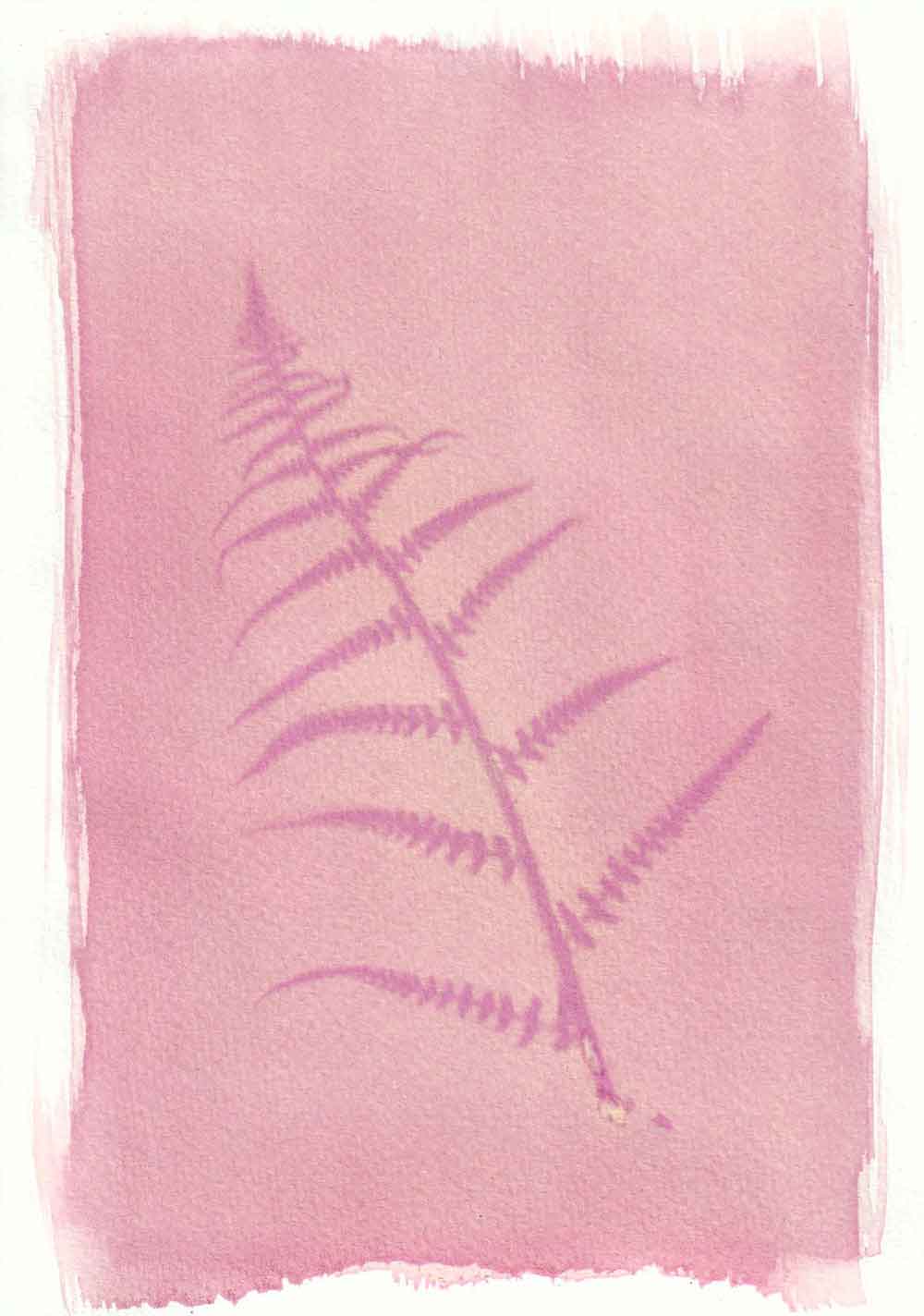
If you like this article, you might like to read about this local man’s musical homage to gardening in an allotment.

